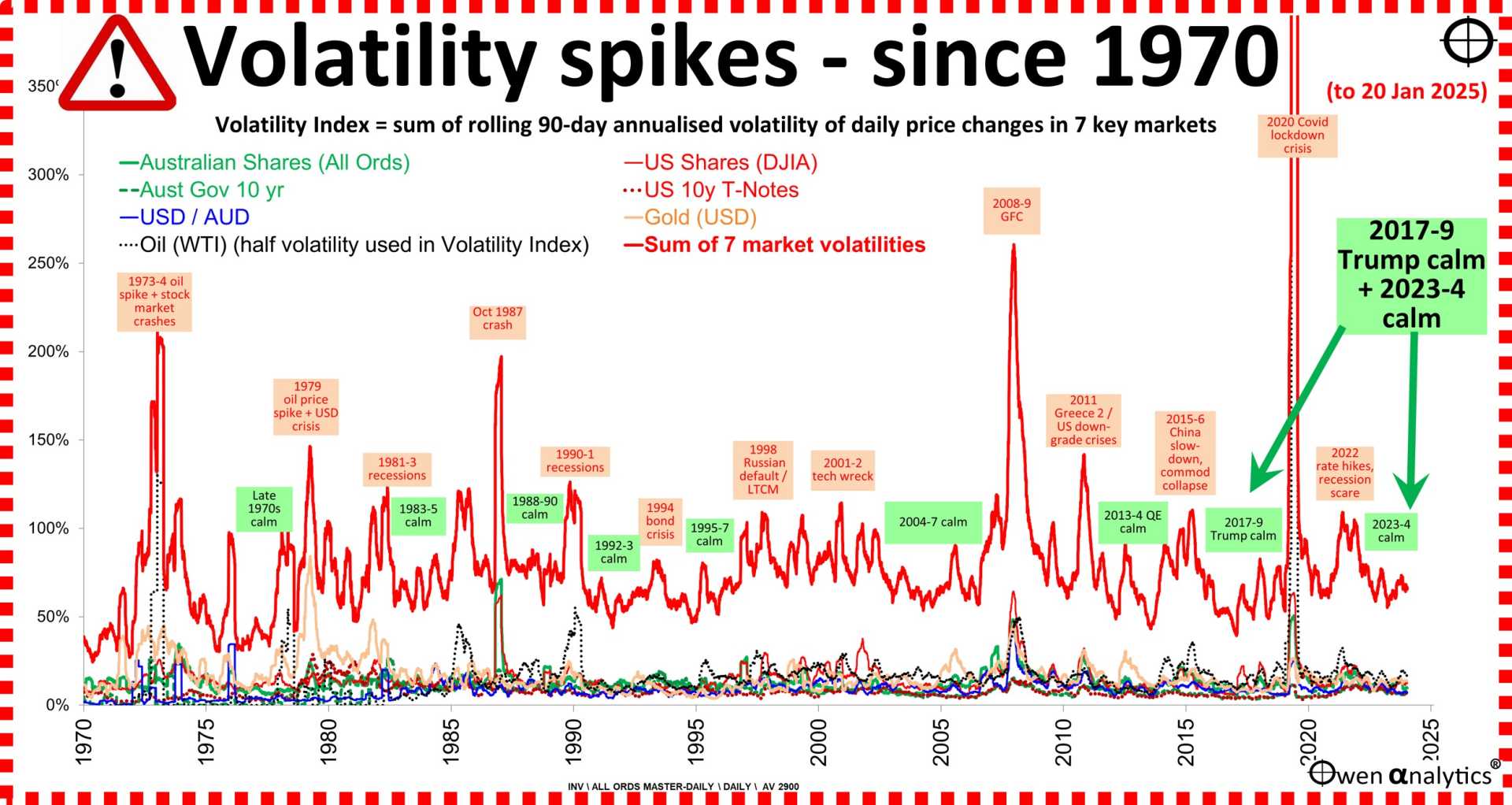Business
Trump’s First 100 Days Mark Stock Market Turmoil

WASHINGTON, D.C. — President Donald Trump’s first 100 days in office coincide with the stock market’s third-worst start to any presidency in U.S. history, only behind Richard Nixon and Gerald Ford. Many analysts had expected the market to thrive following his reelection, but uncertainty has gripped Wall Street.
After Trump’s victory in November, the S&P 500 soared on hopes of a business-friendly agenda, as the index had gained over 20% in the previous two years. However, on April 8, the S&P 500 fell to its lowest level of the year, driven by concerns over his ambitious trade policy and tariffs.
Trump was inaugurated as the 47th president on January 20, 2025. Despite promises of a pro-business boom, the stock market fluctuated significantly following his announcement of a 25% tariff on Mexico and Canada, set to begin on February 1. This move caused market analysts to warn about the potential negative impacts of such tariffs on economic growth. Morgan Stanley noted the importance of vigilance as the markets adjusted to his aggressive policy direction.
In his first month, Trump enacted a series of tariff measures, including a 10% tariff on China, which rattled investor confidence. On March 4, the S&P 500 recorded its lowest point since re-election, spurred by fears that ongoing tariffs would disrupt global trade and inflate consumer prices.
As volatility continued, the market saw its worst one-day loss on March 9, with the S&P 500 falling 2.7%. In an interview, Trump acknowledged a potential transition period but refrained from predicting a recession.
On April 2, Trump’s announcement of “reciprocal” tariffs sent Wall Street into a panic, leading to a sell-off that saw the Dow drop more than 2,200 points. The market was not reassured by the subsequent introduction of exemptions for certain products, as traders remained wary of ongoing trade tensions with China.
Sentiment worsened further as consumer confidence hit a 70-year low in April, reflecting widespread pessimism regarding the economy. Federal Reserve Chair Jerome Powell warned that tariffs could hinder economic growth and increase inflation, prompting concerns about the Fed’s interest rate strategies.
Despite the recent turmoil, there was a temporary rebound after Trump proposed a 90-day pause on most tariffs on April 9, leading to a significant one-day gain for the S&P 500. However, by April 30, the S&P 500 had shed $3.66 trillion in market value since Trump’s inauguration.
Economists emphasize that the market remains a key indicator of economic sentiment and retirement planning for millions of Americans. Even though Trump’s administration battles with tariffs have caused visible disruptions, history shows that markets tend to recover in the long run.












